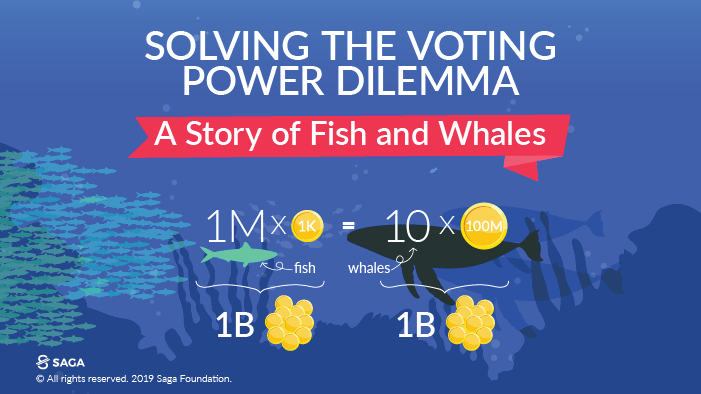Blockchain democracy commits today’s voting onto tomorrow’s stack. (Part 2/3: Mechanism designs)
In the previous section, we have explored the theoretical framework of Quadratic voting for Ethereum (Part 1). This second section considers in details mechanism designs implemented on Polkadot.
Note: On-chain Governance mechanism in the Polkadot ecosystem has recently seen the introduction of OpenGov. For more information about these changes, see these ELI5 articles on Voting from Dot.alert().
Why Mechanism designs?
Contrary to Ethereum‘s “Build-as-you-go” approach to blockchain and governance matters, Polkadot has always put democracy and participation at the center of its operations. This is a highly stress-tested blockchain whose core is built with a transparent framework, continuously growing its stack of diverse components to improve user engagement.

In Polkadot, functionality is extensible without the need to overhaul the foundational layers of the blockchain or conduct a hard fork on the code. This gain of flexibility is modular by design, because it takes into account both intrinsic and extrinsic data, leaving plenty of room for governance to have a noticeable impact on the protocols.
Staking vs Weighing.
Delegated Proof-of-Stake blockchains rely heavily on validators with the highest stakes to make or break decisions regarding protocol changes, which can negatively impact decentralisation. In such consensus systems, a voter has as many votes as s/he has tokens, which gives him/her more voices during referenda and thus more weight in the overall quorum. Rich investors from private token sales alongside Centralised exchanges are often the prime voters, stakeholders and beneficiaries…to a fault.

Whether these faults are caused intentionally or unintentionally becomes of lesser interest, since the democratic process itself is in peril. What is truly at stake is redesigning the voting process so that there are different mechanisms for redistributing weight across all stakers, regardless of how many tokens they hold in their bags. In light of this, Polkadot has introduced two complimentary voting mechanisms to bring modularity and flexibility to its Nominated PoS blockchain.
Guaranteeing stake-weight through “Voluntary locking”.
On the one hand, “Voluntary locking” gives voters the opportunity to increase the weight of each token they hold, hereby showcasing the “conviction” behind their decision. In this setup, a voter who has skin in the game would lock his/her tokens beyond the standard voting period of 30 days to gain voting power and possibly sway the final result in his/her direction.

This mechanism has several implications for the philosophy of network participation on Polkadot. Signalling is made easier and clearer because lock time becomes synonymous with value appreciation (for voting) and increased valuation (against inflation). The network also gains in stability and security, because tokens locked for voting mechanisms (governance) can be used at the same time to nominate validators (staking).
Introducing randomness through “Adaptive Quorum Biasing”.
On the other hand, “Adaptive Quorum biasing” is implemented by the governance council to moderate the formula used to tally the votes. This tallying mechanism helps define whether a proposal passes or fails when there is no clear signal to “Approve” or “Reject”. For proponents of referenda, following the voting tally on a daily basis is essential for identifying whether their idea is gaining traction or losing steam within the community.

Interestingly, the overall turnout for each referendum plays a key role in determining the PASS or FAIL threshold…in retrospect. Because participation and quorum bias work in a symbiotic relationship that is unique to each individual situation, it is very difficult if not close to impossible to anticipate or predict the exact cut-off figures. In the end, this mechanism design guarantees that nobody, no matter how big his/her stake, can manipulate the results of the vote while it is ongoing.
In part three, we will look at identities management tools for blockchain democracy proposed by Sovrin.
Useful resources:
Singapore University of Technology: Weighted voting on the blockchain
Polkadot Wiki: Governance
